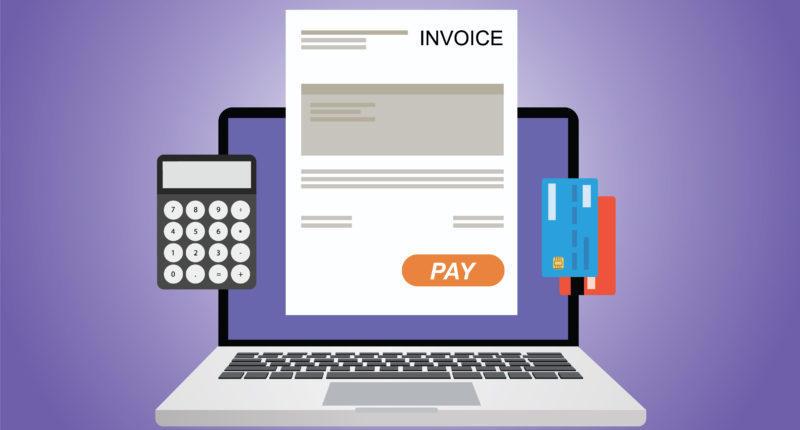The CBIC has released a notification on 8th March 2021 confirming that e-invoicing will apply to businesses with turnover exceeding Rs.50 crore from 1st April 2021. After months of speculation on what would comprise phase three of India’s latest digital reform, an official release now confirms the latest applicability norms.
e-Invoicing was introduced in India on 1st October 2020. Phase one saw large businesses, i.e., businesses with turnovers exceeding Rs.500 crore, coming under its scope. From 1st January 2021, phase two began and was extended to companies in the Rs.100 to Rs.500 crore turnover range. The third phase will begin this April and include businesses entities having turnover of more than Rs.50 crore under its purview.
The government’s objective is to bring all businesses under the scope of electronic invoicing or e-invoicing, facilitate universal machine readability of invoices, automate the GST return and e-way bill processes, and reduce reporting errors, and to eliminate fraud. The advantages of e-invoicing do not end here. For a business, adopting e-invoicing means lesser data entry and lesser workforce employed, reduced GST return filing and e-way bill generation, and ease of claiming input tax credits.
If your business falls under phase three of e-invoicing, i.e., Rs.50 crore and above, then you need to prepare your organisation to adopt this digital reform right away. There are three weeks to go, but three weeks are not enough to begin the process of integration, sandbox testing and staff training, and understanding various other process workflows that come with this new system.
Here are some benefits of an early transition into e-invoicing:
- It gives you enough time to choose and test the best integration options
Allowing sufficient time for integration means that your organisation can explore various integration options that best suit your business needs. Once integration and vendor have been chosen, the ERP can be configured, and sandbox testing can be carried out to check for any bugs in the system. This process takes anywhere from a few days to several weeks, depending on your vendor and integration choice. With sufficient time in hand, bugs can be identified and fixed to smooth transition once e-invoicing gets officially implemented.
- Manual errors in tax compliance can be eliminated
One of the biggest advantages of an automated integration option, such as an API-based integration, is eliminating manual errors. This is beneficial in terms of generating and uploading invoices and also in the filing of GST returns. When fewer errors are committed, better overall compliance can be achieved. If you transition early, you basically make way for your system to run error-free during the testing stage itself, well before the mandatory stage gets rolled out.
- It helps save both time and money
Getting systems integrated now requires a lot of time and effort. This could lead to the task being put off as far as possible. However, if your business falls in the third phase of e-invoicing, you know that you cannot avoid this transition. Once you integrate, the amount of time and the costs saved in the long run are humongous. Automating operations now will lead to reduced manpower and greater efficiency once the processes get stabilised. Hence, it is wise to integrate as early as possible so that you start enjoying the benefits right away.
- A better business continuity plan can be put into place
An organisation can enhance its business continuity by generating e-invoices instantly through integration. If you plan to use the services of a trusted GST Suvidha Provider (GSP), you can even mitigate most business continuity risks as the GSP will offer various advanced features that not just facilitate easy e-invoice generation but will also streamline other compliance processes within your organisation. Some of the features that you should look for when you select an integration are a bulk generation of e-invoices, PAN-level data ingestions, automated vendor communications, bulk JSON uploads and downloads, advanced user access management, and data security features.
If your business is already eligible to generate e-invoices or will be eligible to adopt this reform soon, it will best that you don’t wait any longer and find yourself a reputed vendor to help you make this transition as soon as possible, to make it as smooth as possible for you.
For any clarifications/feedback on the topic, please contact the writer at athena.rebello@cleartax.in

I’m a Chartered Accountant by profession and a writer by passion. ClearTax lets me be both. I love travel, hot tubs, and coffee. I believe that life is short, so I always eat dessert first. Wait.. life is also too short to be reading bios… Go read my articles!





